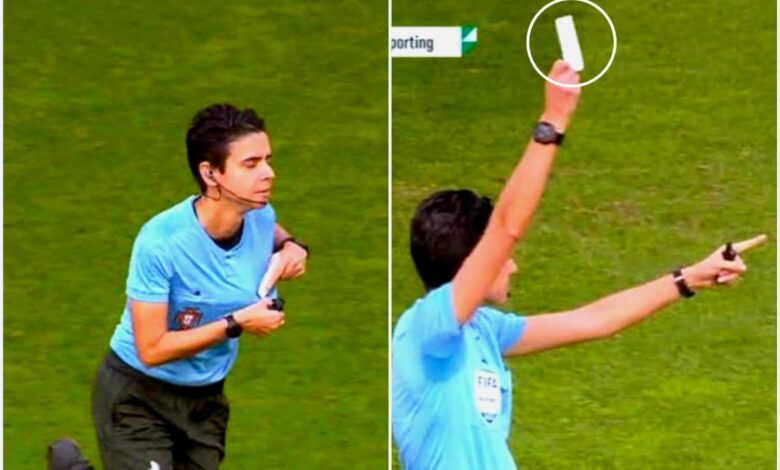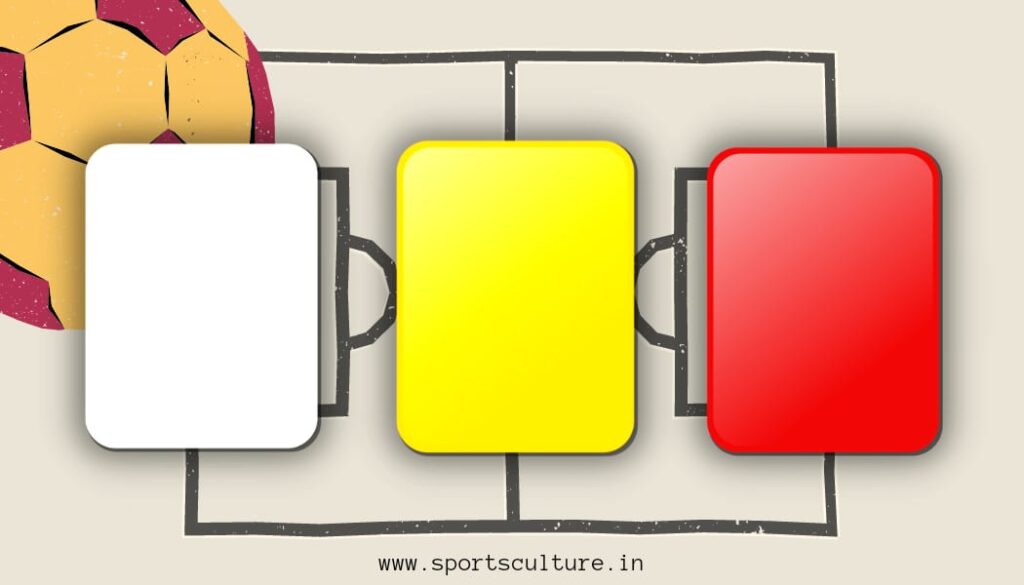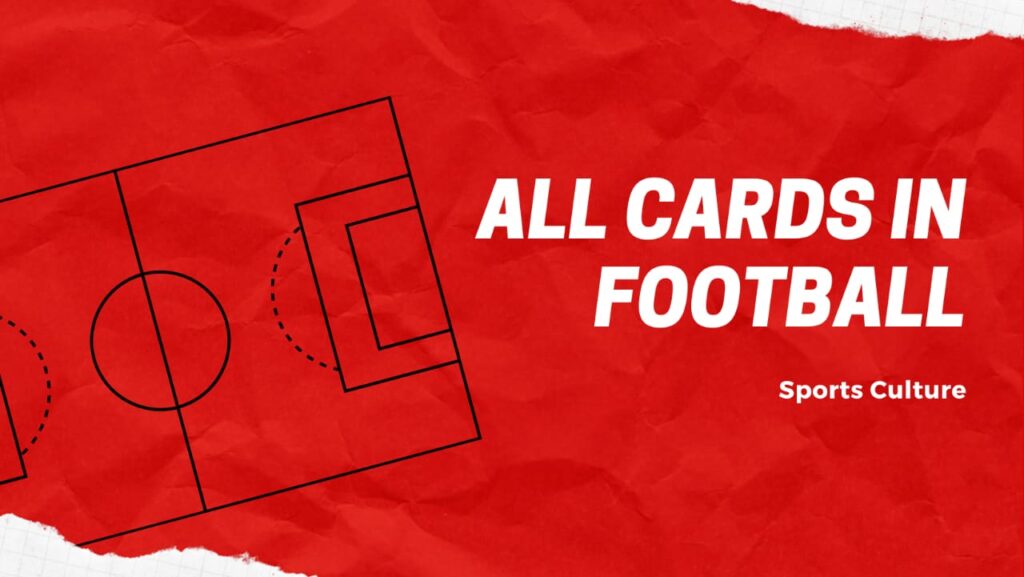All 3 Penalty cards in Soccer
What are the penalty cards in Football?

Penalty cards in soccer, also known as cautionary cards, are a way for referees to penalize players for unsportsmanlike conduct. These cards come in three different colors: white, yellow, and red. Each color represents a different level of infraction, with red being the most severe.
Penalty cards in Soccer, also known as cautionary cards, play a crucial role in maintaining fair play and sportsmanship on the field. These cards come in three different colors: white, yellow, and red, each representing a different level of infraction in football.
A white card is for minor infractions, a yellow card for unsportsmanlike conduct or persistent infringement of the rules and a red card for severe infractions such as violent conduct or denying an obvious goal-scoring opportunity. Players who receive a red card are immediately ejected from the game and may face further disciplinary action.
It’s important for players to understand and abide by the rules of the game in order to avoid receiving penalty cards, as it can have a significant impact on the team’s performance and result of the match.
Also Read Most Googled Soccer Clubs in the World
All Penalty Cards in Soccer

White Card in Football
Between the all three cautionary cards the white card known as the ‘fair play card’. It was introduced by the Portuguese football federation with the aim to promote sportsmanship. It is shown as a reward for any positive behavior during the match.
Yellow Card in Football
A yellow card in football is used to signal a more serious infraction, such as unsportsmanlike conduct or persistent infringement of the rules. Receiving a yellow card serves as receiving a last warring, because 2nd yellow cards automatically converts into a red card.
Red Card in Football
Finally, a red card in soccer is the most severe cautionary card of all penalty cards in Soccer. It is typically used for serious infractions such as violent conduct, serious foul play, or denying an obvious goal-scoring opportunity. Players who receive a red card are ejected from the game and are not allowed to return. Additionally, they may face further disciplinary action from the league. It’s also worth mentioning that receiving a red card can also have an impact on the team’s performance and result of the match.

In conclusion, penalty cards in soccer serve as a way for referees to penalize players for unsportsmanlike conduct. The color of the card represents the severity of the infraction, with red being the most severe and resulting in ejection from the game. It is important for players to understand the rules and regulations of the game in order to avoid receiving cautionary cards and being ejected from the match. With this statement Sports Culture concludes this article.




